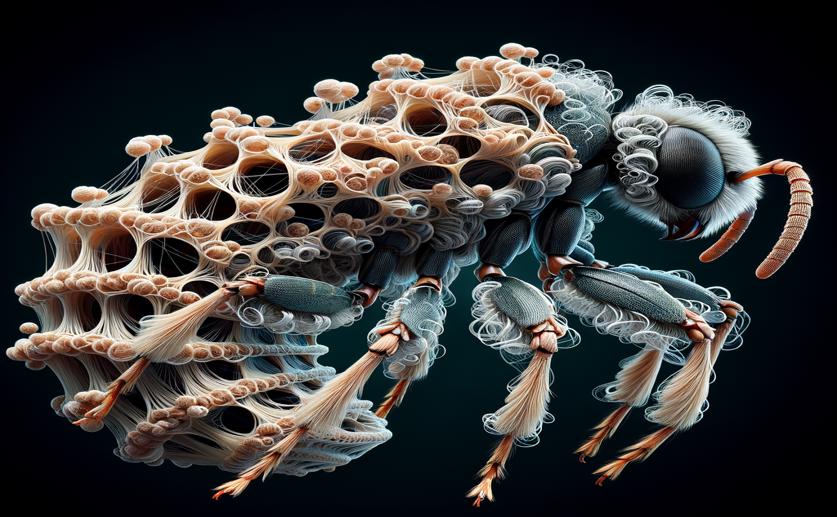
Detailed Study of Silk Proteins and Glands in a Case-Making Insect
Jim Crocker
15th May, 2024

Image Source: Natural Science News, 2024
Key Findings
- The study by the Czech Academy of Sciences focused on the silk production of Limnephilus lunatus, a case-forming caddisfly species
- Researchers identified over 80 proteins in the silk of L. lunatus, highlighting its complex composition
- The study found that the structural complexity of silk is greater in case-forming species like L. lunatus compared to web-spinning species, providing additional strength and functionality
References
Main Study
1) Comprehensive analysis of silk proteins and gland compartments in Limnephilus lunatus, a case-making trichopteran
Published 14th May, 2024
https://doi.org/10.1186/s12864-024-10381-4
Related Studies
2) Aquatic caddisworm silk is solidified by environmental metal ions during the natural fiber-spinning process.
3) Peroxinectin catalyzed dityrosine crosslinking in the adhesive underwater silk of a casemaker caddisfly larvae, Hysperophylax occidentalis.



 26th April, 2024 | Jenn Hoskins
26th April, 2024 | Jenn Hoskins